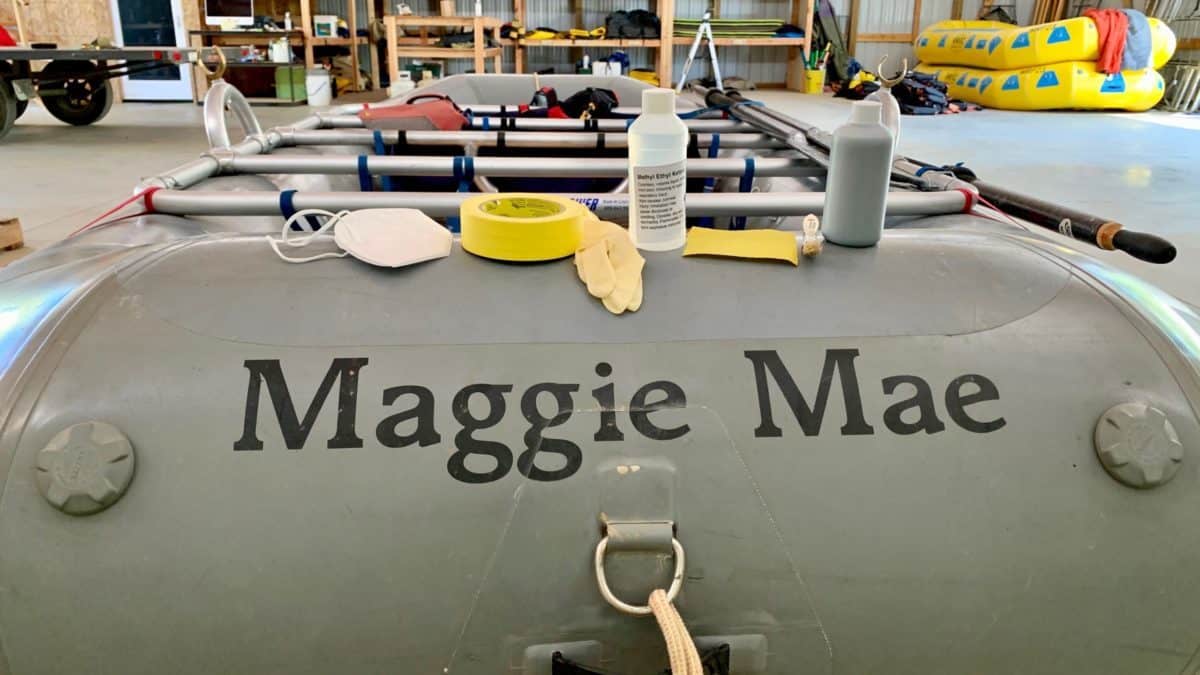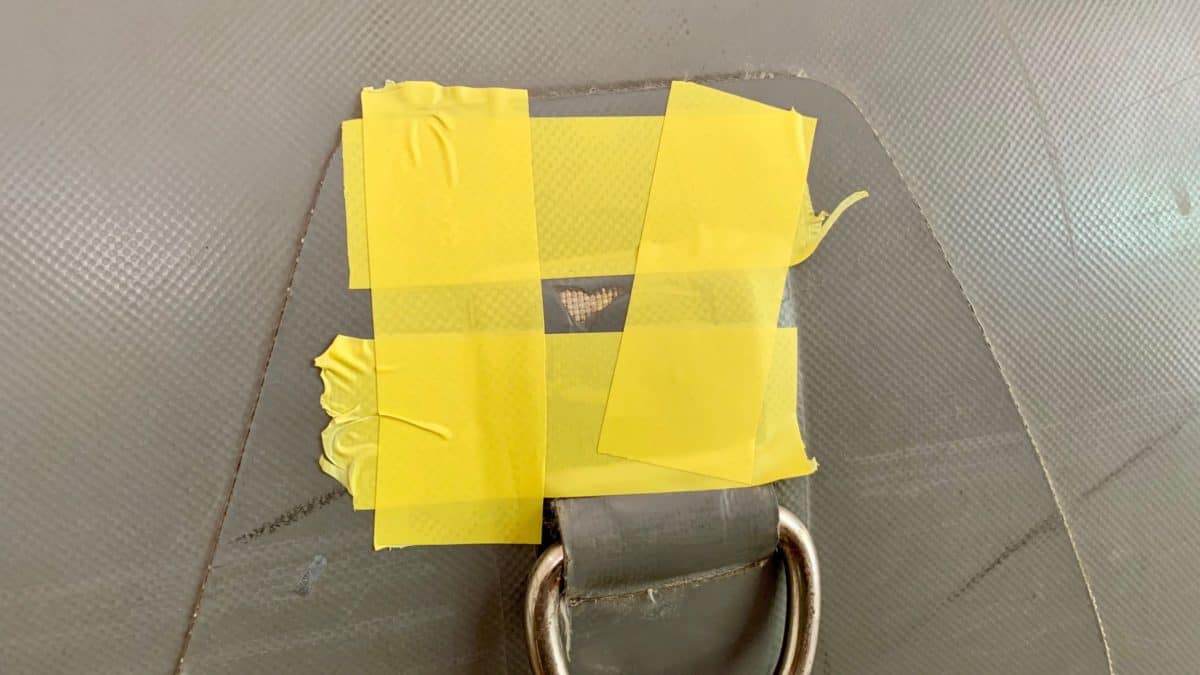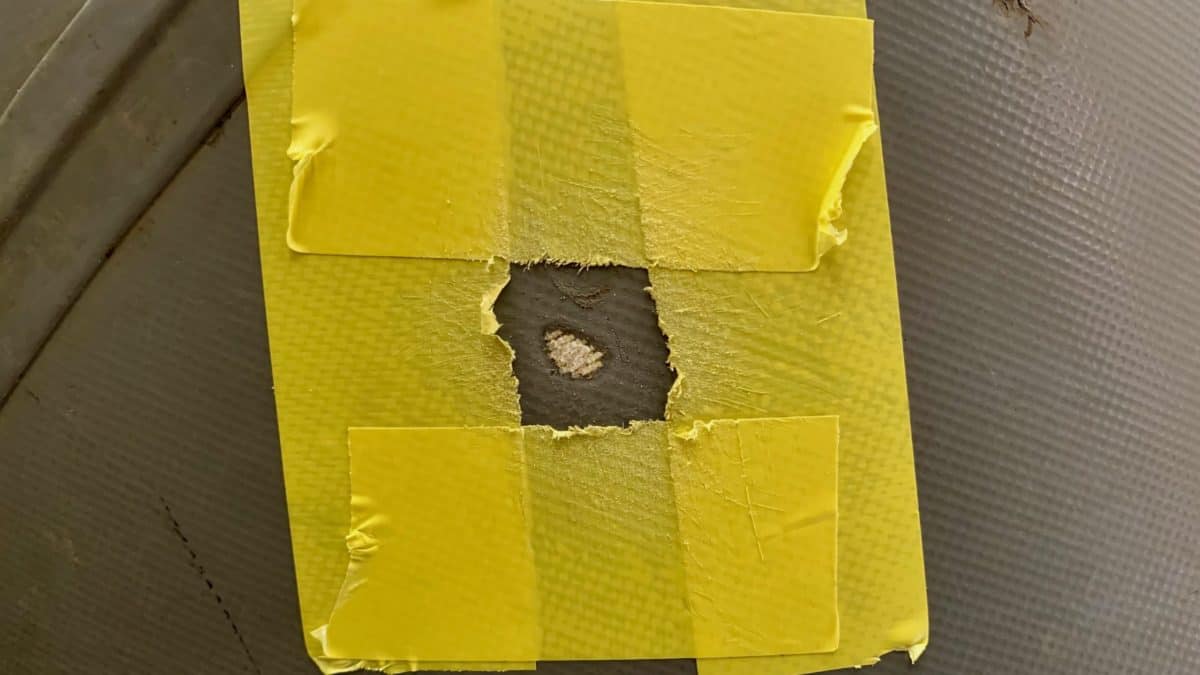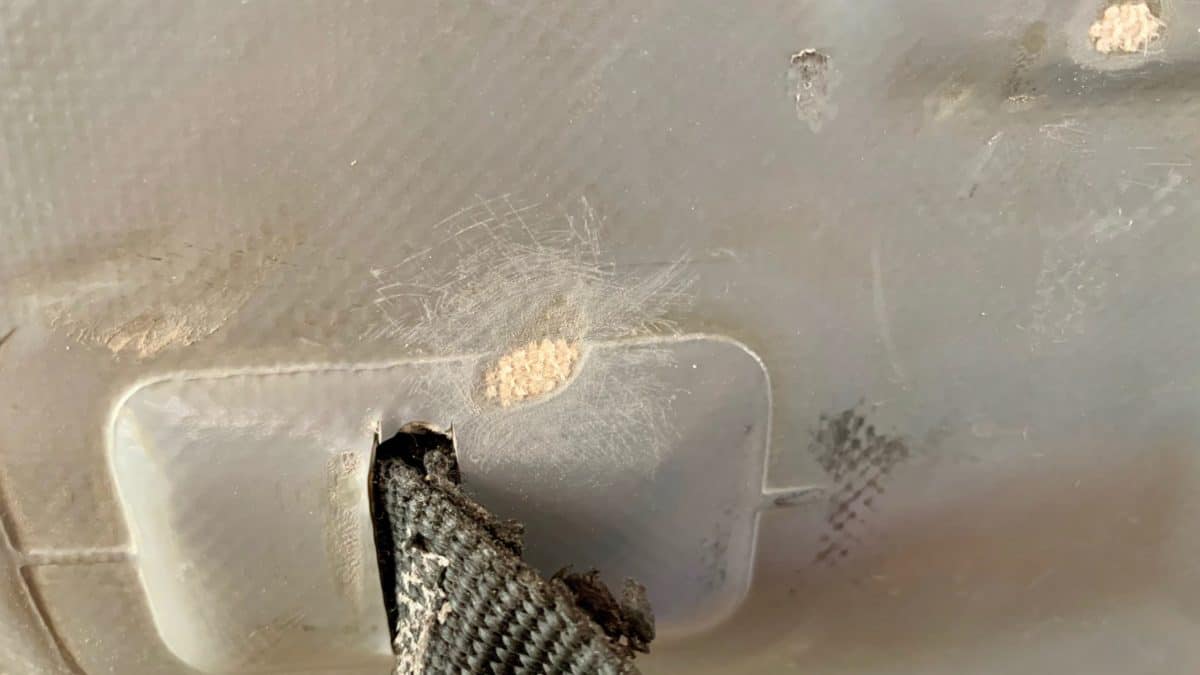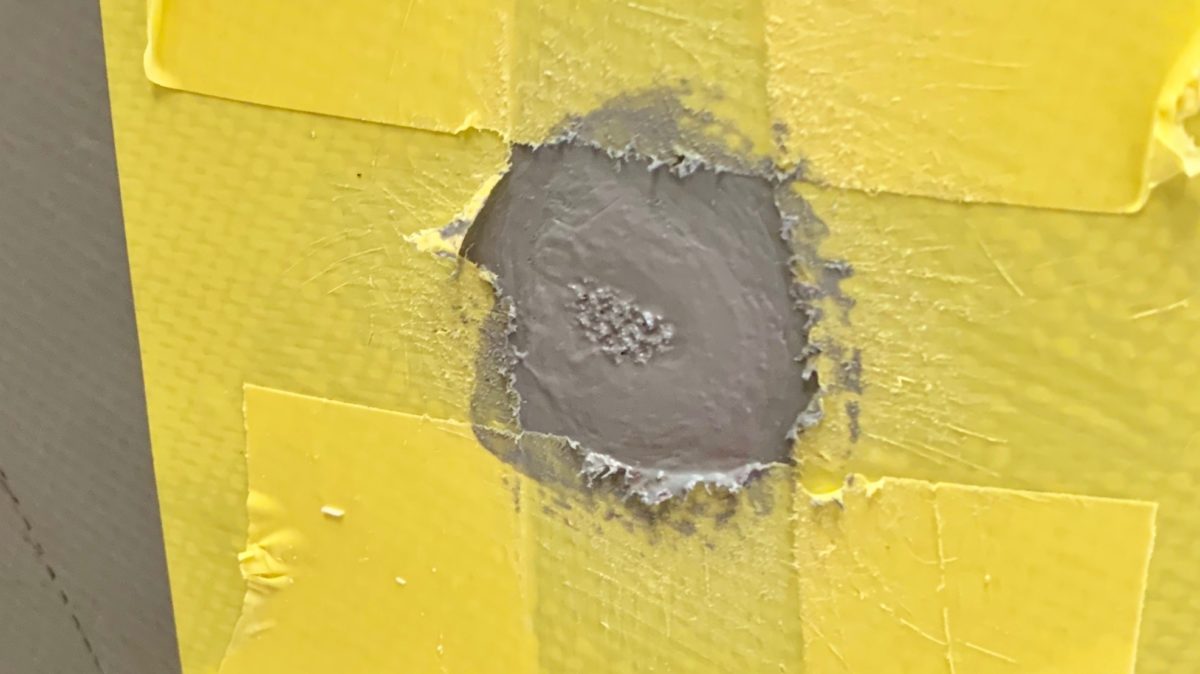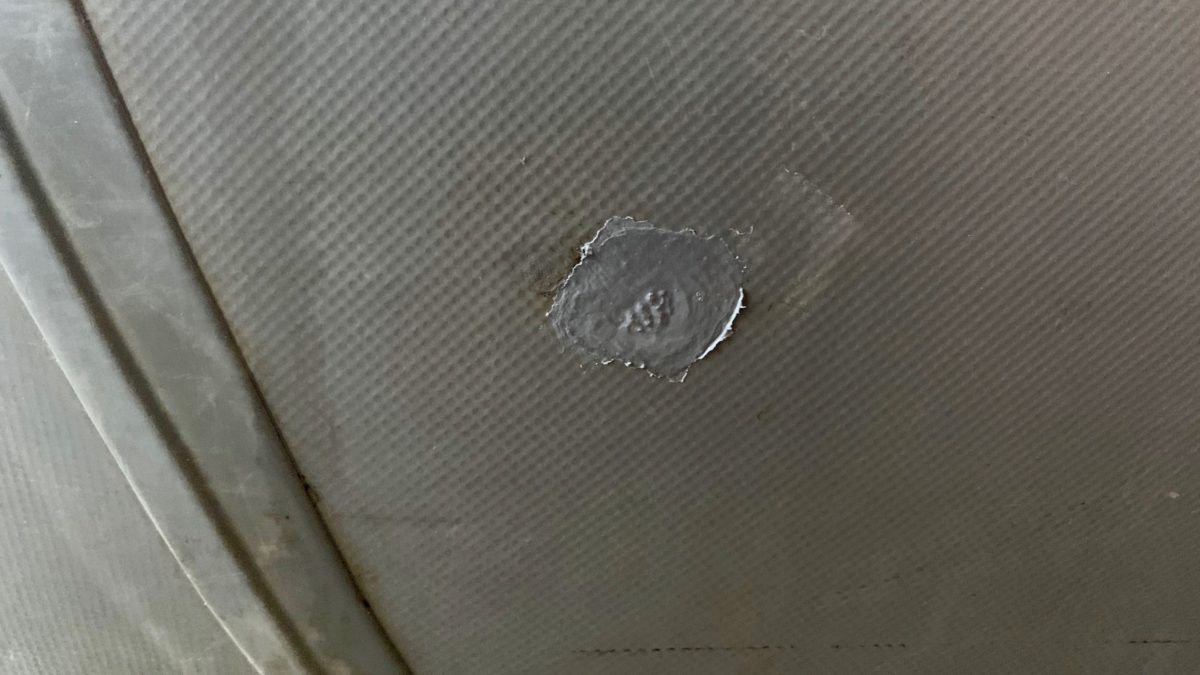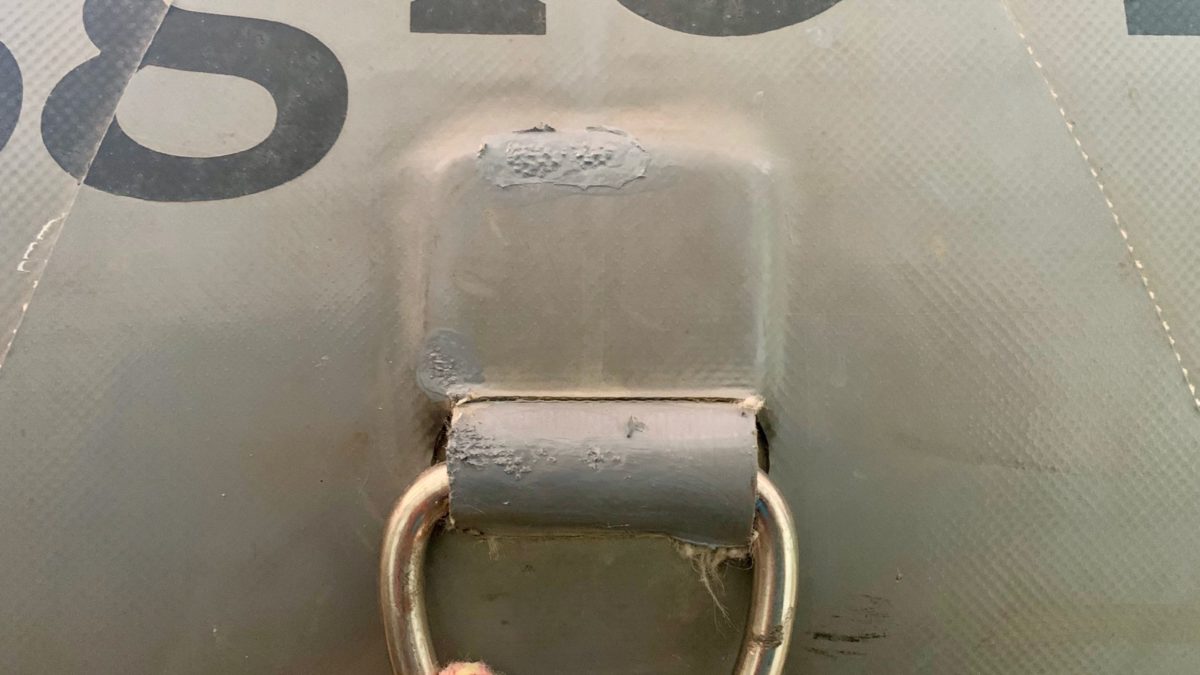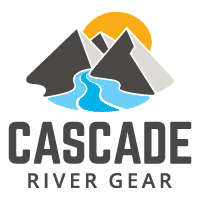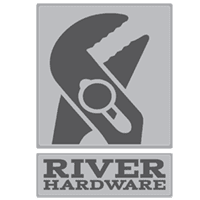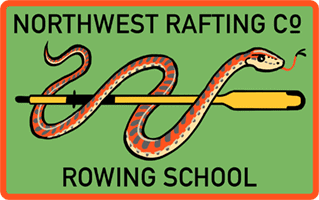Pro Trip: Urethane Repair
Many people often ask how long a raft will last. That is a pretty complex question with many variables. However, not matter the material, a raft that is taken care of will last a long time.
Urethane rafts are often looked at as the most durable choice, but can be difficult to repair. Wear from frames, straps, and ropes can leave thing spots in the material that can become big problems. Covering these thing spots can help prolong your boats life as well as prevent small leaks from turning into big problems.
The Supplies Needed
- Liquid Lex
- Brush
- Sand Paper
- Methyl Ethyl Ketone (MEK)
- Gloves
- Painters Tape
- Mask
Step 1: Tape Off Wear Spots
Give your boat a good look over for any spots that have worn through to the scrim of the fabric. The scrim is the fabric layer that has been coated with urethane. Once the scrim is visible is can start to leak and even start breaking down the fabric from the inside. So it is important to cover these up. Taping these sections off can help create a nice looking “patch.”
Step 2: Surface Prep
Once you have your wear spots taped off it is time for cleaning the surface. A mid grit sand paper. Will help level your surface. No need to go crazy here, a light sand will do.
Make sure to glove and mask up once the MEK comes out. Use a towel and small amount of MEK to clean the surface of any dust, grease, dirt.
Real small stops don’t need to be tapped. Just keep your sanding neat as it will affect how nice the patch looks.
Step 3: Liquid Lex
Liquid Lex is pretty much liquid urethane paint. This is the same stuff they use to add a top or bottom chaff on rafts. Since I have a SOTAR raft, I got a small bottle from them. A few thin coats (allow for some dry time in between) and you boat will be looking good as new.
As I put my first coat on one wear spot I found out this spot was actually leaking a little bit of air. I just deflated the chamber and added some more coats. Once everything was dry I inflated the chamber and checked to see if it still leaked. With no leak I inflated the tube all the way and it has been holding air like new.
Step 4: Finish
It was a warm day in the shop so everything was drying really quick. I let it sit for a couple hours just to be sure it was good. You may have a little excess liquid lex that didn’t adhere, just trim with a razor or scissors.
Common places to find these wear spots are around d-rings, where the frame or boxes sit, or on the underside if you are running low water trips. Below is a good example of some wear spots probably caused by the bow line or straps.
This is a pretty straight forward process that can help keep you boat on the river for seasons to come.
